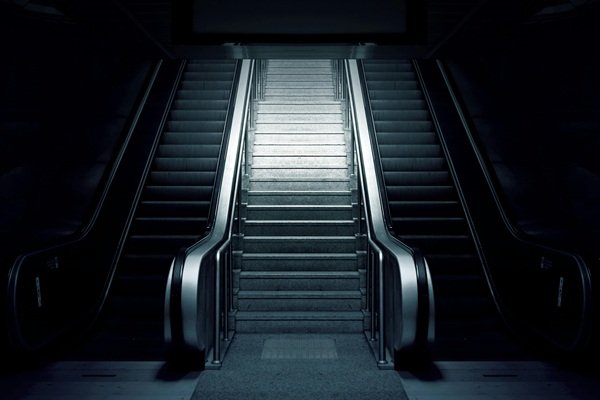The Most Common Escalator Accidents – And How to Prevent Them

Escalators are a convenient and efficient way to move people between floors in shopping centres, transport hubs, and office buildings. But while they may seem simple to use, escalator-related accidents happen more often than most people realise. Understanding the most common causes of these incidents – and how to prevent them – is crucial for building owners, facility managers, and maintenance teams alike. Choosing high-quality escalators designed with advanced safety features is one of the most effective ways to reduce these risks from the outset.
Common Types of Escalator Accidents
Slips, trips, and falls
The most frequent escalator accidents involve slips or falls, often caused by inappropriate footwear, distractions, or wet and uneven surfaces. When passengers don’t stand properly or lose balance during movement, even minor missteps can result in serious injury.
Entrapment of clothing or footwear
Loose clothing, long shoelaces, or dangling items such as scarves can become caught between moving steps or handrails. Children’s footwear, especially with soft rubber soles, can easily stick to escalator edges if not positioned correctly.
Sudden stops or jerks
Mechanical malfunctions, improper maintenance, or overloading can lead to abrupt movements, causing passengers to stumble or fall. Escalators that are not routinely serviced may develop faulty sensors or worn-out components that compromise safety.
Misuse by passengers
Riding backwards, sitting on the handrail, or taking prams and trolleys onto escalators are all unsafe behaviours that increase the likelihood of accidents. Most incidents related to misuse occur because of inadequate supervision or poor signage.
Preventative Measures for Escalator Safety
Regular inspections and maintenance
A strict maintenance schedule is essential. Routine checks help identify issues such as worn steps, damaged comb plates, or faulty emergency stop buttons before they become hazardous. Partnering with an experienced lift and escalator specialist ensures that all components are operating safely and efficiently.
Clear signage and safety reminders
Simple reminders like “Hold the handrail,” “Stand still,” and “Watch your step” can make a big difference. Visible, well-placed signage encourages safer behaviour and reduces the number of preventable accidents.
Upgrading to modern safety technology
Older escalators may lack the advanced safety mechanisms available in newer models, such as automatic lubrication systems, step chain tension sensors, and skirt brushes. Investing in modern, high-performance systems helps minimise the risk of entrapment and mechanical failure.
Staff training and monitoring
For public spaces with heavy foot traffic, it’s important that staff know how to operate emergency stop systems and manage passenger flow safely. Surveillance and supervision can also help discourage risky behaviour.
Encourage responsible passenger use
Public awareness campaigns and periodic announcements can remind people to use escalators properly – standing still, facing forward, and holding the handrail at all times.
Safety Starts with Smart Design and Maintenance
While not every escalator accident can be predicted, many can be prevented through responsible design, consistent upkeep, and public education. Building owners who prioritise safety – from the choice of high-quality escalators to ongoing inspection and maintenance – protect not only their assets but also the people who rely on them every day. A proactive approach ensures that escalators remain one of the safest and most efficient means of vertical transport in modern buildings.





